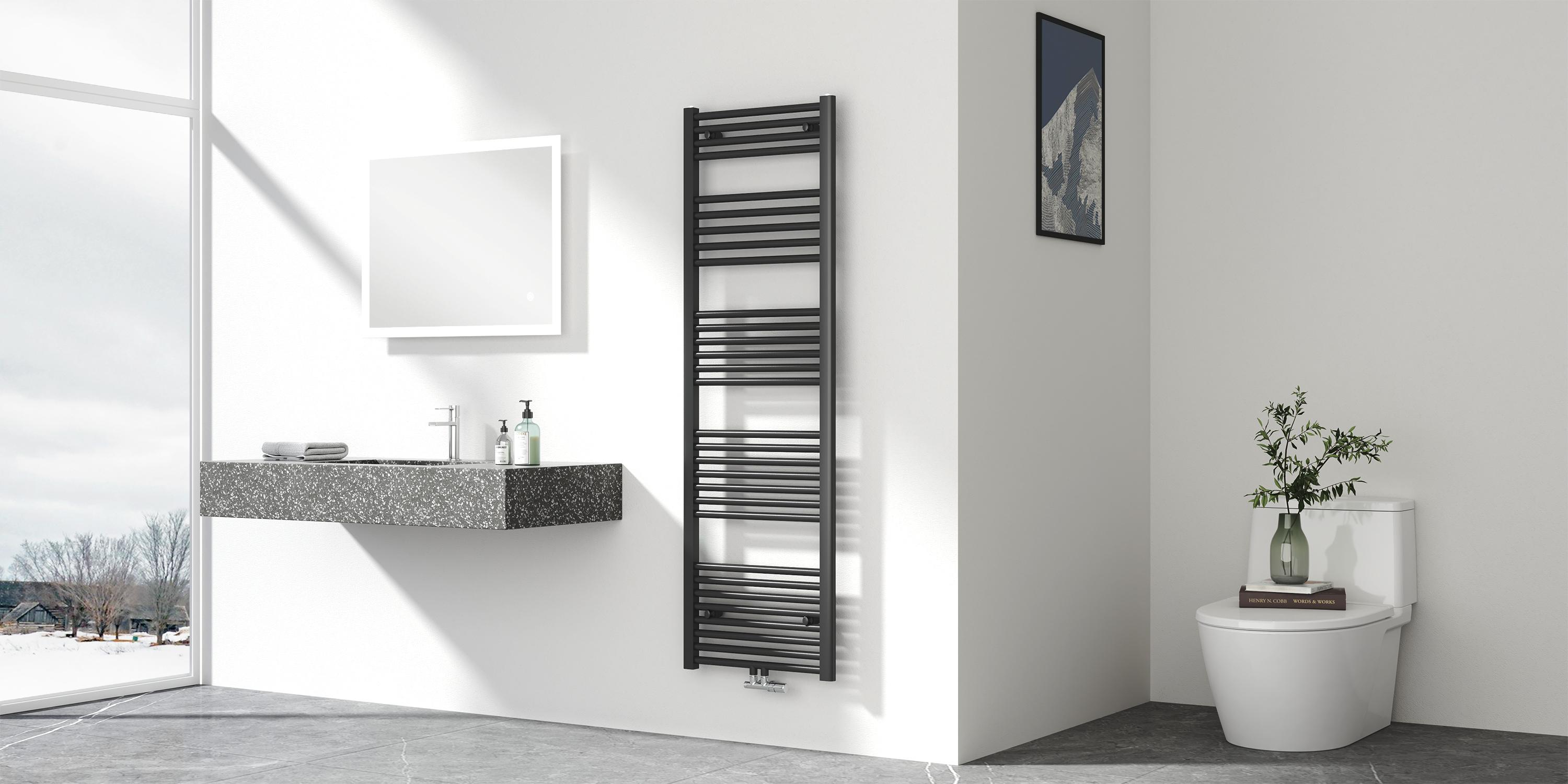How to bleed a radiator ?
Click:257 / Publish:2022-11-08 14:47
It is a very common phenomenon that the radiator at home is not hot. The solution that many people think of is to put water on the radiator. Do you really know when you need to deflate the radiator? Is how to deflate the radiator the correct way? Let's take a look with the editor of the copper-aluminum radiator manufacturer!
1. Under what circumstances do you need to deflate the radiator?
The radiator is not hot as a whole, which may be due to the fact that the outdoor water inlet and return water valves are not open. The single household is not hot locally, which may be caused by the fact that the top floor is not vented. The radiator is half hot and half cool, which is caused by the accumulation of gas at the tail. In short, in the case of ensuring the circulating pressure and temperature, the main reason for not heating is air blockage, which can be solved by proper air release.

Second, how to deflate the radiator?
When the upper and lower valves of the heater are all closed, you only need to gently loosen the air release valve to hear the sound of gas being discharged, and then immediately stop twisting the air release valve to let the gas exhaust itself. Since the gas is accumulated on the top of the radiator, it is easy to discharge the gas under the action of atmospheric pressure.
The working principle of the radiator: the temperature of the heated object will not be higher than the temperature of the heat source, otherwise the energy will no longer be conserved. The temperature of the radiator will at most reach the same temperature as the hot water in the pipe, and will not exceed the temperature of the hot water.
In fact, the radiator needs to dissipate heat to the surrounding space, so it will not reach the temperature of the hot water in the water pipe below. The temperature of the radiator and the temperature of the water have a lot to do with the room temperature, the size of the room, and whether it is tight and not easy to dissipate heat. If the room temperature is low, the room space is large, and the sealing is not easy to dissipate heat, the heat of the radiator will be radiated to the surrounding space, causing the temperature of the radiator to be much lower than that of water.



